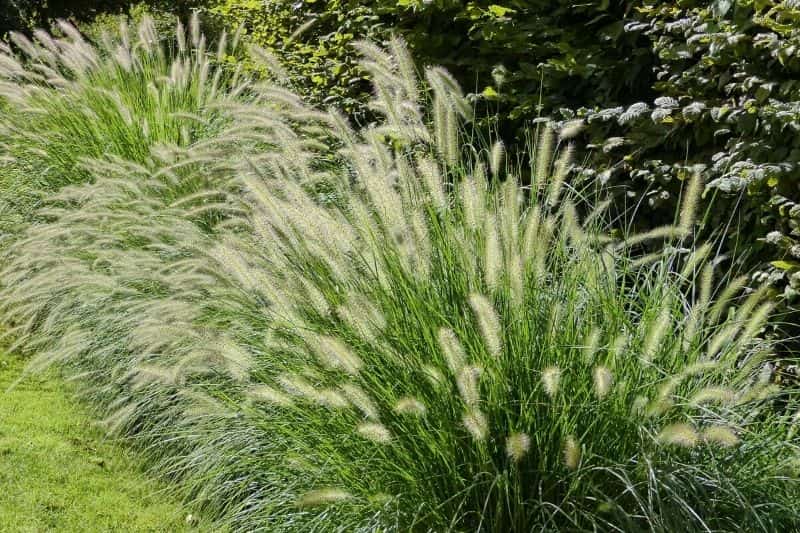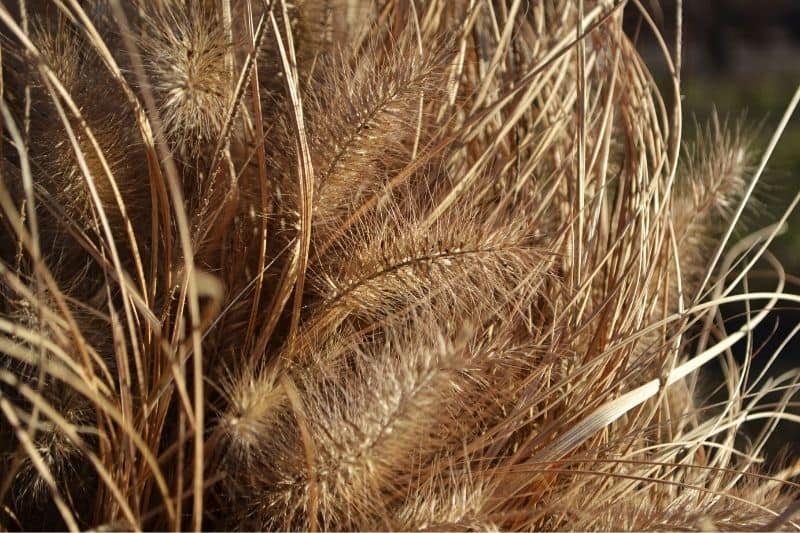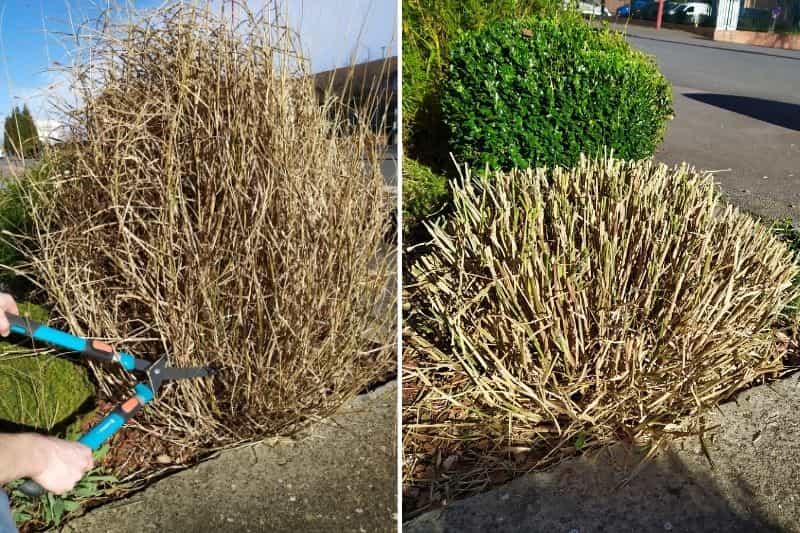The Pennisetum is a stunning ornamental grass, robust, very hardy and easy to grow. It stands out for its flowering in the form of fluffy, undulating spikes that sway in the breeze, earning it the nickname 'Fountain Grass'. Its light silhouette brings natural charm and structure to all gardens, whether in a perennial border, a flowering pot, a rockery or as edging. Very low-maintenance, this beautiful grass only requires annual pruning to get off to a good start. Discover our tips and technique for successfully pruning Pennisetum.

Pennisetum alopecuroides 'Hameln'
When to prune Pennisetum?
Prune Pennisetum in late winter, in February and March, before new growth begins. Act when crocuses, primroses and cyclamen are in flower or when daffodils start to emerge.
Note that it's best not to prune Pennisetums before the end of winter, as the dried stems protect the base from winter cold and frost. Moreover, even when dried, this pretty grass still decorates the garden.
Don't prune your fountain grass too late, otherwise you risk cutting the new shoots and damaging the upcoming flowering.

Pennisetum remains very decorative, even when dried in winter, with its beautiful golden colour
How to prune a Pennisetum?
What equipment do you need?
To prune fountain grass, you'll simply need secateurs or shears. Before use, disinfect your tools with alcohol to avoid transmitting diseases from one plant to another. Also remember to wear a pair of gardening gloves to prevent cuts from the stems.
Why prune Pennisetum?
Pruning the dried stems allows the plant to renew itself much more easily while promoting good air circulation. Visually, the plant will be much more attractive and lush in summer.
Pruning Pennisetum
Pruning Pennisetum is very simple: using shears or secateurs, cut back the clump to 10 or 20 cm from the ground. Don't cut any lower to protect the roots from potential late frosts.

Cut back the entire clump to 10 or 20 cm from the ground
You can take advantage of this pruning to divide the stump of your Fountain Grass. In fact, this is the ideal time to perform this task. Moreover, division will allow you to obtain new plants for your garden or to give to friends. It also helps to control or reduce a plant that's taking up too much space. Note that Pennisetums should be divided every 3 or 4 years.
What to do with the dried stems of my Pennisetum?
Don't throw away the dried stems of your grass, they can be very useful in the garden! You can add them to your compost, keeping in mind that they count as "brown" material. The stems also make excellent mulch around the base of your perennials, bushes or simply around your fountain grass!
To go further:
- Discover all our Pennisetum varieties.
- To learn everything, explore our complete guide on Pennisetum - Fountain Grass: planting, pruning and care.
- Discover 7 ideas for pairing Pennisetum in the garden or in pots
- To choose the right Pennisetum, check out our buying guide
- Watch our video tutorial on pruning ornamental grass:



































Comments